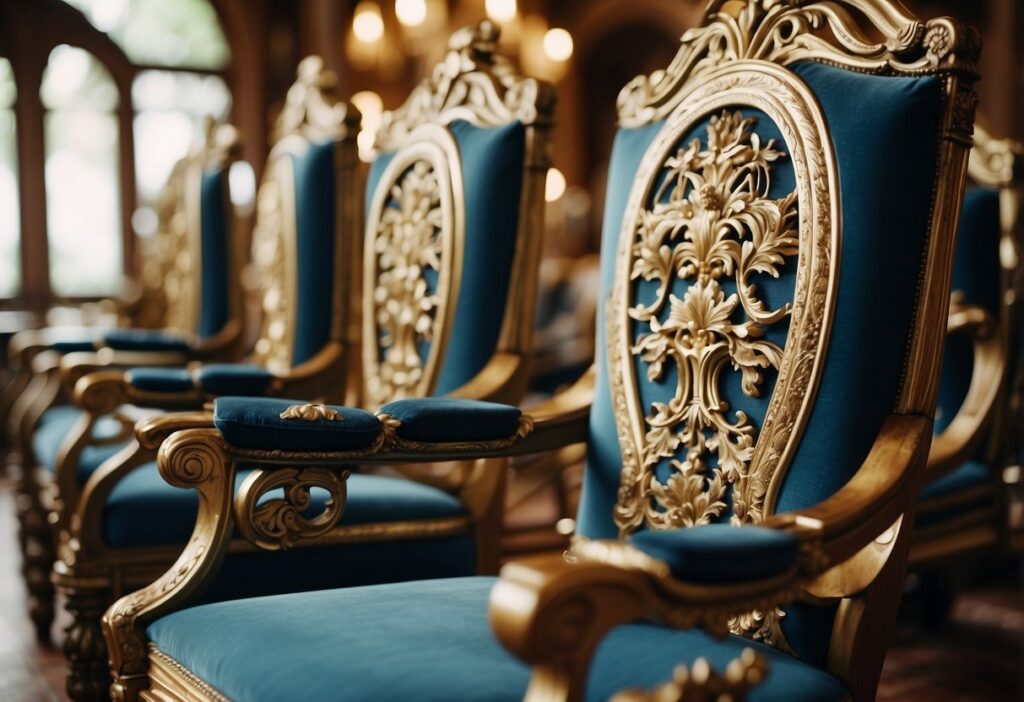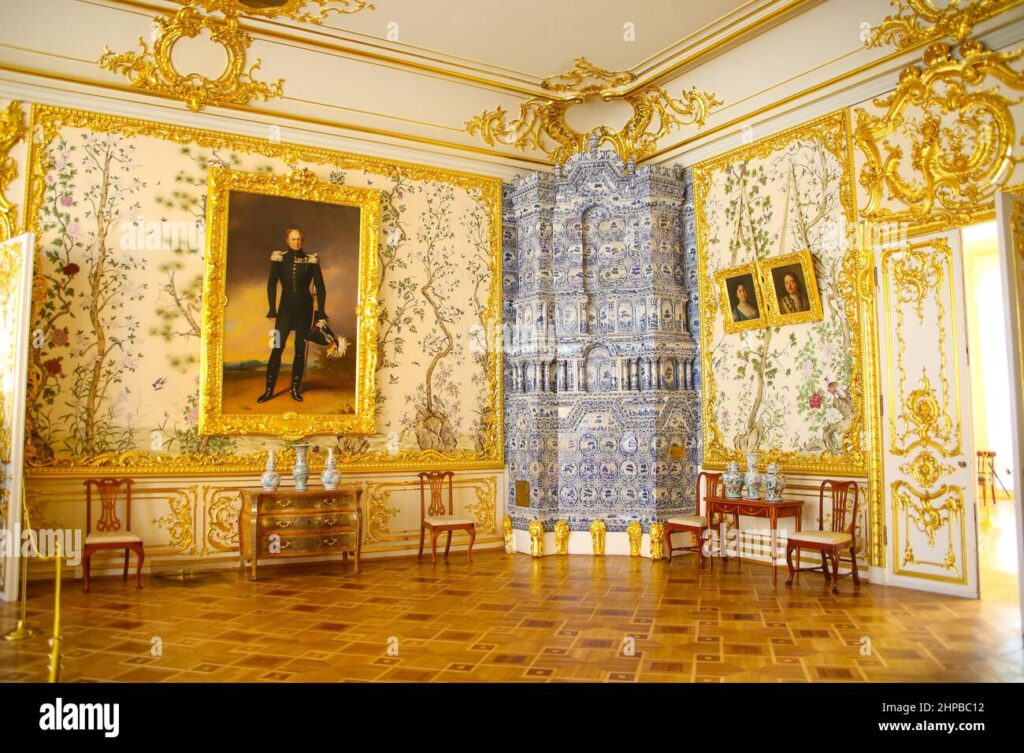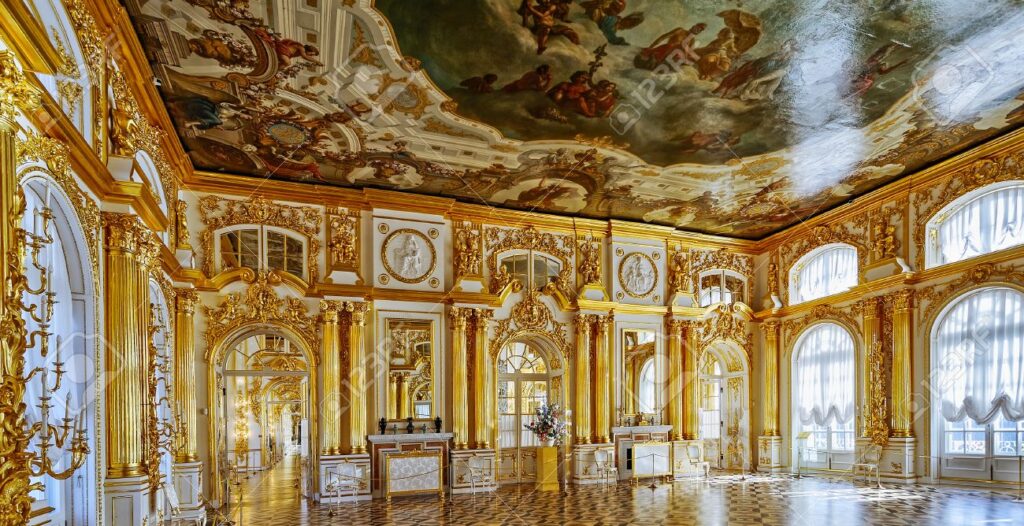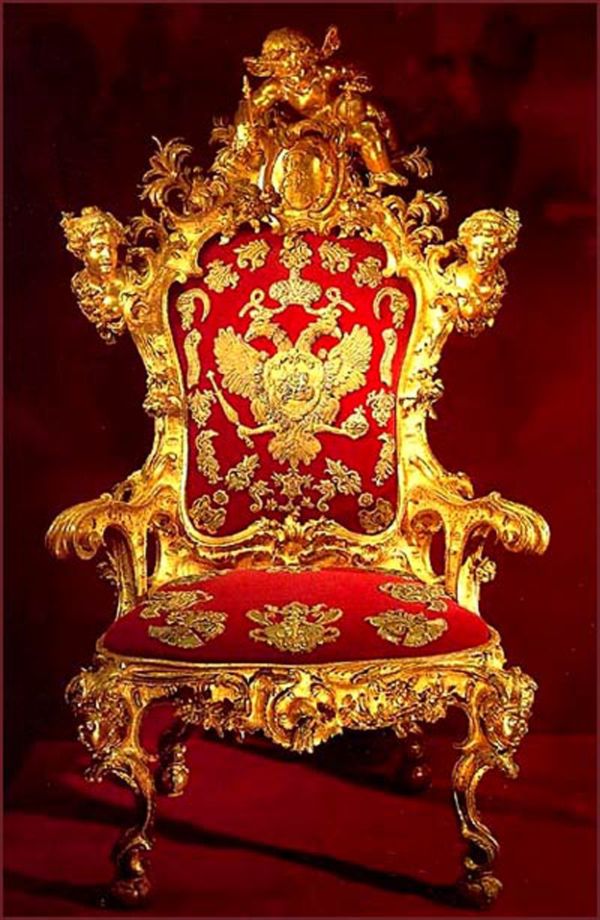Of all the Russian monarchs, Catherine the Great was the most powerful and long-reigning.
This shrewd politician proved to be a lover of the fine arts as much as she was an ardent leader.
Her rule from 1762 to 1796 gave Russian culture a golden age.
One of the very many legacies that she left behind is the magnificent furniture collection in her palaces.
A close look at this magnificent feature of her legacy, exploring these distinctive features, providing the historical context, and probing the lasting influence of Catherine the Great’s furniture.
1. The Historical Context of Catherine the Great’s Furniture
The reign of Catherine the Great falls in a period of maximum interaction between Russia and Western Europe.
Known today as the Russian Enlightenment, this was an age of the active promotion of arts, education, and architecture by the Empress.
Her furniture collection was only rivalled by her desire to transform Russia into a great cultural power, rivalling the courts of Europe.
a. The Influence of European Styles
Very strong Western European trends of art, particularly the Neoclassical style, had a great influence on Catherine.
At that period of her reign, the Neoclassical style was becoming very popular in France and Italy.
She admired the simplicity of the Neoclassical design, its symmetry, and greatness, inspired by the art and architecture of ancient Greece and Rome.
It was this admiration that induced her to order furniture reflecting these principles, which ultimately fused European elegance with Russian craftsmanship.
b. Catherine’s Vision for Russian Art and Design
For Catherine, it wasn’t just a question of furniture design but an expression of her Russian vision.
She wanted to show Russia as a land of culture and taste.
She combined elements of European design into Russian furniture as a way to modernise Russian society while still trying to preserve the uniqueness of Russian culture.
From this came a style all its own—the best of two worlds.

2. Key Characteristics of Catherine the Great’s Furniture
The furniture and furniture pieces done for Catherine the Great’s era are very distinctive, representing luxurious materials, fine work, and elements of symbolism that might have been put into each piece to relate to the tastes of the Empress and the greatness of her court.
a. Luxurious Materials and Craftsmanship
Catherine the Great’s furniture was made from the most luxurious materials available, such as exotic woods.
The workmanship was equally brilliant: talented craftsmen used a variety of techniques, like marquetry, gilding, and carving, to realise minute design and pattern.
All this produced an effect that resulted in very beautiful and strong furniture that would go on for years to come.
b. Neoclassical Design Elements
Neoclassicism dominated Catherine the Great’s furniture.
It is a style that projects symmetry, clean lines, and classical motifs, including columns, laurel wreaths, and acanthus leaves.
This furniture design incorporated such elegant and tapered legs, fluted columns, and decorative friezes, all borrowed from ancient Greek and Roman architectural adornments.
These components gave the furniture created that timeless quality, exuding the desire of the Empress to leave a long-lasting cultural legacy.
c. Symbolism and Personalization
Catherine the Great was a woman who heeded details, and to her, symbolism was very close to her heart.
Much of this furniture bears personal touches in the form of the monarch’s monogram, the Russian double-headed eagle, and symbols related to her military victories.
All these were therefore engraved to remind her at all times of her authority and the success of her reign.
Moreover, it was generally made to order for specific rooms in her palaces, so that everything was in harmony.

3. Notable Pieces of Catherine the Great’s Furniture
Many pieces of furniture belonging to Catherine the Great have survived in museums and palaces up to this day and are no less valued, speaking volumes of courtly life at that epoch.
a. The Amber Room Furniture
One of the most famous examples of Catherine the Great’s furniture is the Amber Room, often referred to as the “Eighth Wonder of the World.”
This room, located in the Catherine Palace, was adorned with panels of amber, gold leaf, and mirrors, creating a breathtaking display of craftsmanship and luxury.
The furniture in the Amber Room was equally magnificent, featuring intricate carvings, gilded details, and upholstered in rich fabrics.
Though the original room was lost during World War II, replicas of the furniture and decor have been painstakingly recreated, allowing visitors to experience the grandeur of this legendary space.
b. The Chesme Hall Chairs
Another example of Catherine the Great’s taste in furniture is the Chesme Hall situated in the Winter Palace.
This hall was named in the honour of the victory won by Russia over the enemy at the Battle of Chesme and was designed to glorify that triumph.
The chairs in Chesme Hall are simply a fabulous illustration of Neoclassicism—graceful lines, gilding, and upholstery.
There was attention paid to the making of every chair, for this place was important and full of significance to the Russian court.
c. The Tsarskoye Selo Desk
Catherine the Great was a prolific writer, so she spent quite a number of hours working at her desk, writing letters, essays, and documents.
One of her prized possessions was the Tsarskoye Selo Desk in the Catherine Palace.
This masterpiece of marquetry had inlays made up of various woods depicting flowers and geometrical designs.
In addition, there are secret compartments and drawers which can store secrets and surprises, so dear to Catherine.
This desk shows a fine example of how skillfully Catherine managed to combine functionality with beauty in furniture.

4. The Impact of Catherine the Great’s Furniture on Russian Design
The influence Catherine the Great had on Russian design would resound far beyond her lifetime. Her patronage of the arts, coupled with her drive to establish a national style, formed a continued imprint on the cultural scene of this country.
a. The Spread of Neoclassicism in Russia
Under Catherine’s reign, Neoclassicism had become a leading style of Russian architecture and interior design.
Her liking for this style dictated the trend of furniture in her age but also contributed much to the design of public buildings, private houses, and even whole cities.
Actually, the adoption of Neoclassicism in Russia helped to unify the aesthetic of the country, creating that recognizable national style across all Europe.
b. The Legacy of Russian Craftsmanship
Catherine the Great’s dedication to the quality and workmanship of Russian masters became very high.
In her time, many workshops and factories were established for fine furniture, textiles, and decorative arts.
Such institutions worked a long while after her death automatically, keeping Russian skill famous for its excellence.
Methods and styles generated during Catherine’s period were passed down generation after generation to preserve the legacy of her furniture and design.
c. Influence on Future Generations of Collectors and Designers
For centuries, furniture from Catherine the Great has been a source of inspiration for many collectors, designers, and historians.
Her collection is considered one of the most important in the history of decorative arts, and items dating from her time are in high demand by museums and collectors.
Typically, modern designers get their inspiration from the furniture of Catherine the Great as it correlates with Neoclassicism and Russian traditionalism.
That long-lasting influence is, in itself, a positive testimony to the timelessness of the appeal which furniture had, and the effect her reign had on the design world.

5. Preservation and Modern Interpretations of Catherine the Great’s Furniture
Today, the furniture associated with Catherine the Great is carefully preserved and displayed in museums and palaces across Russia and Europe. Efforts to restore and protect these pieces ensure that they continue to be enjoyed by future generations.
a. Preservation Efforts
Most of the pieces, though, are kept in historic palaces, where they are cared for with utmost zeal and skill.
Restorations, like that of the Amber Room, show just how much effort has gone into preserving Catherine’s legacy and how these things are important to Russian cultural heritage.
b. Modern Interpretations and Reproductions
Not only the original pieces but also the modern interpretations and reproductions of furniture by Catherine the Great have gained much popularity lately.
These are mostly handmade pieces, using exactly the same kind of style and raw materials as the original ones, thus giving everybody an opportunity to create a piece of Catherine’s opulence inside their own houses.
Designers of today still borrow from her furniture when coming up with pieces that marry historical elements with modern sensibilities.

FAQs
1. What defines Catherine the Great’s furniture style?
Catherine the Great furniture is characterised by lavish materials, intricate craftsmanship, and a strong Neoclassical influence. The style, typified by clean lines, symmetry, and classical motifs, is a conflation of European taste with Russian skill in craftsmanship.
2. How did Catherine the Great influence Russian furniture design?
Catherine imposed European features in Russian furniture designs, in particular, those of the Neoclassical movement. Her influence has set a trend in a natural fusion of Russian and Western styles, forming a new aesthetic in Russian design that long outlasted her own reign.
3. What materials were used in Catherine the Great’s furniture?
Much of the furniture made use of exotic woods—such as mahogany—metals like gold, and fine textiles like silk. The processes used in their manufacture frequently included gilding, marquetry, and intricate carving, which referred not only to beauty but also to durability.
4. Where can I see Catherine the Great’s furniture today?
Furniture created during the reign of Catherine the Great can be seen in Russian palaces and museums—the Winter Palace and the Catherine Palace in Tsarskoye Selo. Some are also part of collections within European museums.
5. Why is Catherine the Great’s furniture still relevant today?
The timeless design, combined with high-quality workmanship, found in Catherine the Great’s furniture, certainly continues to influence many modern-day designers. Reproductions and modern interpretations are still quite popular to this day, truly a reflection of the timeless appeal of her style.
